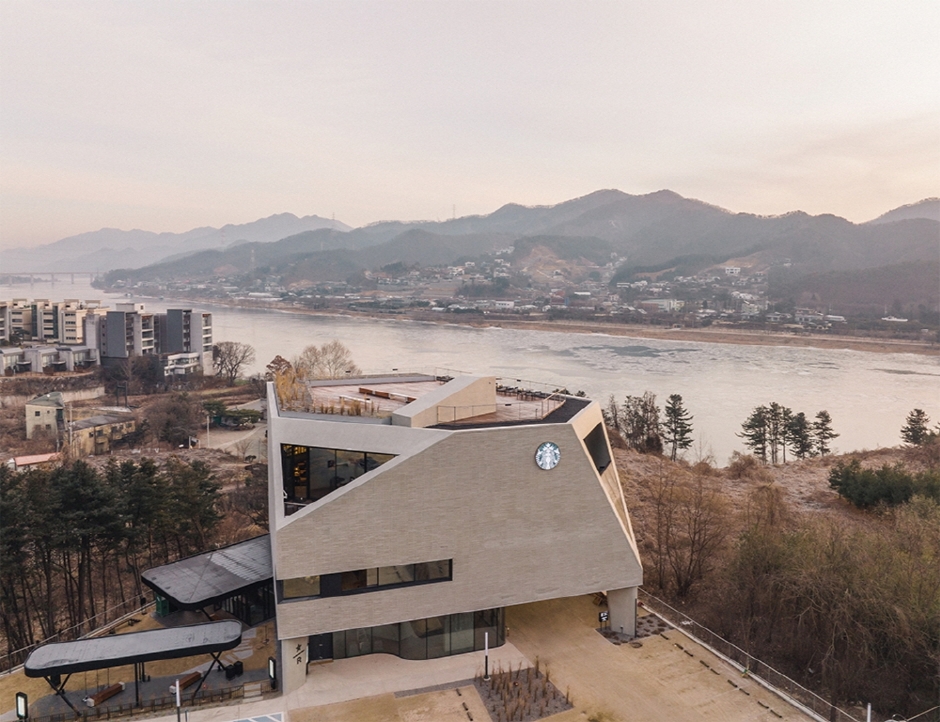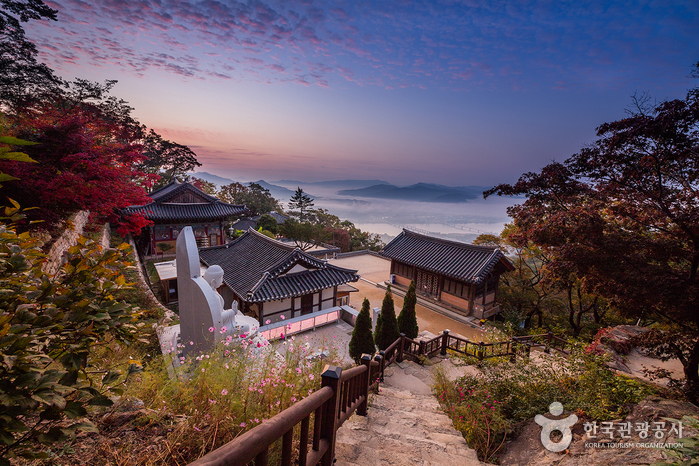Mijin Memil Maeul (미진메밀마을)
18.9Km 2024-02-23
783-1 Bukhangang-ro, Seojong-myeon, Yangpyeong-gun, Gyeonggi-do
Mijin Memil Maeul is a restaurant specializing in a variety of buckwheat-based dishes, using buckwheat produced in Korea. Some of its key menu items include memil mulmakguksu (cold buckwheat noodles) and memil bibim makguksu (spicy buckwheat noodles). Patrons can also enjoy memil mandu (buckwheat mandu) or memil jeonbyeong (buckwheat crepe) as side dishes to complement the noodles.
Natural Garden 529 (내추럴가든529)
19.6Km 2024-02-23
108-8 Naesuip-gil, Seojong-myeon, Yangpyeong-gun, Gyeonggi-do
Natural Garden 529, established in 2017, is nestled in a private garden that has been meticulously cultivated for seventeen years. Entrance requires a paid ticket, which doubles as a drink voucher redeemable at the café. The café offers a selection of beverages, including espresso, earl grey, and omija ade, alongside home-baked bread. It provides a perfect setting to enjoy a drink and converse with friends while soaking in the beauty of the garden, situated beside a tranquil river.
Starbucks The Buckhangang R (스타벅스 더북한강R)
19.8Km 2024-12-27
1098 Bukhangang-ro Hwado-eup, Namyangju-si, Gyeonggi-do
Enjoy Reserve coffee while enjoying the view of Bukhangang River and make special memories with your pet
Starbucks The Bukhan River R is a special store where you can enjoy a view of Bukhangang River with Reserve beverages, various specialty foods and merchandise.
It is Korea’s first pet-friendly store where you can make special memories with your pet in the special pet zone on 1F.
The store offers various customer experiences from natural landscape, to expansive parking spaces, EV charging station, and a rooftop on 3F.
Sujongsa Temple (수종사)
20.0Km 2023-06-22
186, Bukhangang-ro 433beon-gil, Namyangju-si, Gyeonggi-do
+82-31-576-8411
Sujongsa Temple is a branch temple of Bongseonsa Temple, located near the top of Ungilsan Mountain. Amazing views from Sujongsa Temple include various mountaintops and the Bukhangang River. While records are not entirely clear, it is believed that the temple was built in 1439 during the Joseon period. The temple went through many reconstructions and expansions, but ultimately was entirely destroyed during the Korean War. In 1975, Monk Hyegwang began reconstructing the temple, starting with Daeungbojeon Hall and slowly expanded the temple site subsequently.



 English
English
 한국어
한국어 日本語
日本語 中文(简体)
中文(简体) Deutsch
Deutsch Français
Français Español
Español Русский
Русский